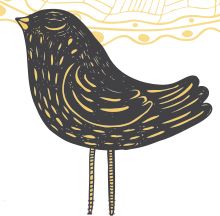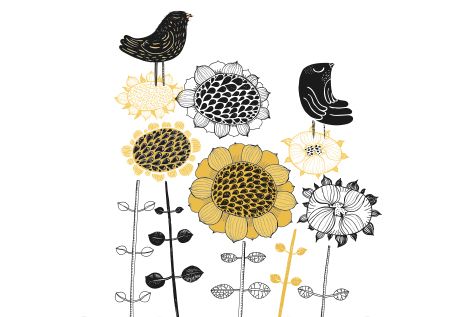by Sharon Palmer, R.D.
Since the beginning of time, humans have followed the lead of birds by gathering edible seeds for sustenance. Anthropologists believe that our ancient ancestors probably collected and ate just about any seed that wasn’t poisonous, storing them away for use all year long.
To this day, seeds are a popular food source in cultures around the world, from sesame seeds, which are ground into a paste used in Mediterranean dishes, to chia seeds, which are used as “running food” by athletes in South America. While our repertoire of edible seeds is fairly limited, some other cultures eat a much wider variety, including exotics like lotus and papaya seeds.
WHAT IS A SEED?
Seeds are essentially the embryo of a plant, with some stored “food” to provide for its growth, and an outer covering to protect it. Botanically speaking, edible seeds include grains such as wheat, barley and rice, legumes, including beans, lentils and peas, and nuts, like walnuts and pistachios.
Some edible seeds, such as mustard, coriander, and poppy seeds, are categorized as spices, because they possess potent flavor in tiny amounts. So, in our culinary and nutrition lexicon, edible seeds are those like chia, flax, hemp, pumpkin, sesame and sunflower.
GROWING STRONG NUTRITION
Considering that every seed holds the magic of a new plant, they’re packed with nutrients, which include protein, low-glycemic carbohydrates, fats, fiber, vitamins and minerals. Studies have linked eating certain seeds with reductions in cholesterol and blood pressure levels, as well as anticancer and bone protection activity.
While each seed possesses a different nutritional profile, they do have many things in common:
1. PROTEIN
Edible seeds are a good source of protein, containing 4-9 grams (g) of protein per ounce–comparable to animal protein, which provides about 7 g of protein per ounce. Seeds can be an important source of protein for people who eat a vegetarian or vegan diet, or struggle to meet their protein needs.
2. HEALTHY FATS
These tiny powerhouses are rich in healthy fats, comprised of relatively low amounts of arteryclogging saturated fat, and high amounts of heart-healthy monounsaturated and polyunsaturated fats. Some seeds–chia, flax, hemp–also are rich sources of the plant omega-3 fatty acid known as alpha-linolenic acid (ALA), which is linked with heart health.
Hemp contains the rare fatty acids gamma-linolenic acid and stearidonic acid, which have been linked in preliminary research to health benefits, such as lowered blood pressure. In addition, many seeds contain phytosterols, compounds similar to cholesterol that block the absorption of cholesterol in the body.
3. FIBER
Many seeds are rich sources of fiber, providing at least 10 percent DV (Daily Value, based on 2,000 calories/day). For example, flax seeds contain 8 g of fiber per ounce–providing 32 percent DV. And that’s not all; seeds also contain lignans, a special kind of fiber shown to lower cholesterol and blood pressure levels.
4. SLOW-DIGESTING CARBS
Seeds contain moderate amounts of carbohydrates, but because they are accompanied with fat, protein and fiber, their glycemic index is generally low. Thus, including them in your diet can help you feel full longer.
5. VITAMINS AND MINERALS
These tiny gems are also stocked with an array of essential vitamins and minerals, including vitamins E and K, calcium, iron and zinc. Many of these micronutrients, such as vitamin E and selenium, are powerful antioxidants.
EAT LIKE A BIRD
If you want to reap the crunchy, nutritious benefit of seeds, follow these tips:

• Shoot for 1/2 -1 ounce of seeds (about 1 3 tablespoons) every day.
• Sprinkle seeds in your morning breakfast cereal.
• Stir seeds into baked goods batter, such as muffins, waffles, cookies, or breads.
• Grind flax seeds to make their nutrients more available to your body.
• Toss seeds into salads for crunch and flavor.
• Mix seeds into stir-fries for nutty flavor and texture. Try seed butters, such as sunflower seed and hemp, as a spread or in cooking.









